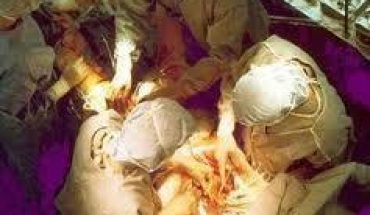If no treatment is sought for lyme disease it can develop in stages from symptoms that are mild, to grave and prolonged disabilities. Lyme disease occurs in three levels; early localized, early disseminated, and late persistent.
The first level or stage of lyme disease occurs around one to four weeks. People with the disease develop a rash known as erythema migrans where there was a tick bite. Generally the rash is circular, and will grow larger with time. Some people on the other hand may not have symptoms in the first stage of lyme disease, and do not recall having a tick bite. Approximately half the persons who get lyme disease develop a rash between one to four weeks.
A number of people infected wityh lyme disease develop flulike symptoms that may, or may not be accompanied by a rash. One such symptoms is lethargy or lack of energy. This is the most popular symptom experinced. Other symptoms include; Stiff neck, headache, chills, fever, joint and muscle pain, as well as the lymph nodes becoming swollen. Cases may actually occur where people do not realize any symptoms in the first stage.
The second stage of lyme disease spans around one to four months. The symptoms of lyme disease may not have been identified, and treatment applied, or persons may not have experienced symptoms. When this happens the infection can likely impact the joints, skin, heart, and nervous system in a few weeks to months subsequent to the first infection. The symptoms of the disease at this level could be feelings of tiredness, more rashes on the skin on numerous parts of the body that emerge because of the infection spread. The arms and legs may start feeling weak, numb, and painful. There may also be paralysis of the facial nerves which makes one unable to control the muscles on the face. Fainting and headaches that return are also symptoms of lyme disease. People may witness a decline in concentration, and weak memory. Damage to tissues of the eye can occur as well as conjunctivitis, popularly called pink eye. Palpitations or rapid heartbeats may also be experienced. There may also be in uncommon cases significant heart problems.
After this is the final stage of the lyme disease which occurs when it has not been speedily or properly treated. The result will be damage to the joints, brain, and nerves, and can manifest long after the infection has occurred hence late lyme disease. At this stage the symptoms can include inflammation in the joints particularly the knees. Symptoms also include tingling, and numbness in the hands, the feet, or back. Extreme fatigue may additionally be experienced. Areas of the face may undergo partial paralysis, which carries over from the first months since the tick bite. Other problems related to brain function may be realized. Included are memory, sleep, mood, or in some cases speech defects. More serious joint related problems associated with the disease is chronic lyme arthritist.





